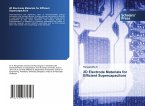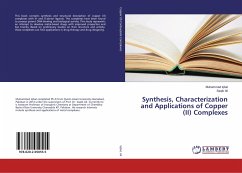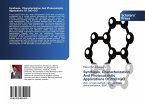Co2(OH)3Cl has been prepared by a facile one pot sol-gel process. Two different solvents, ethylene glycol and glycerol are used for the synthesis. The resulting samples are studied for their morphology, structure and electrochemical stability upon cycling. The sample with ethylene glycol as solvent exhibits three dimensional porous interconnected xerogel morphology whereas that with glycerol shows a crystalline and non-porous nanoparticulate structure. The specific capacitance of the Co2(OH)3Cl prepared with ethylene glycol is 434 F/g, when the electrodes are cycled in 3 M KOH at a specific current 2 A/g and with that of glycerol it is 252 F/g.
Bitte wählen Sie Ihr Anliegen aus.
Rechnungen
Retourenschein anfordern
Bestellstatus
Storno









